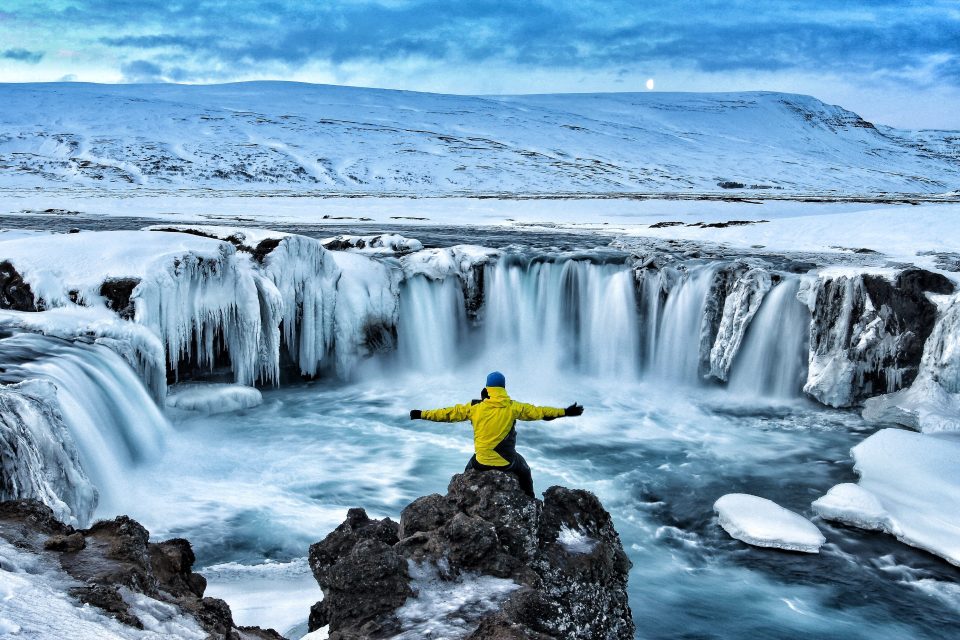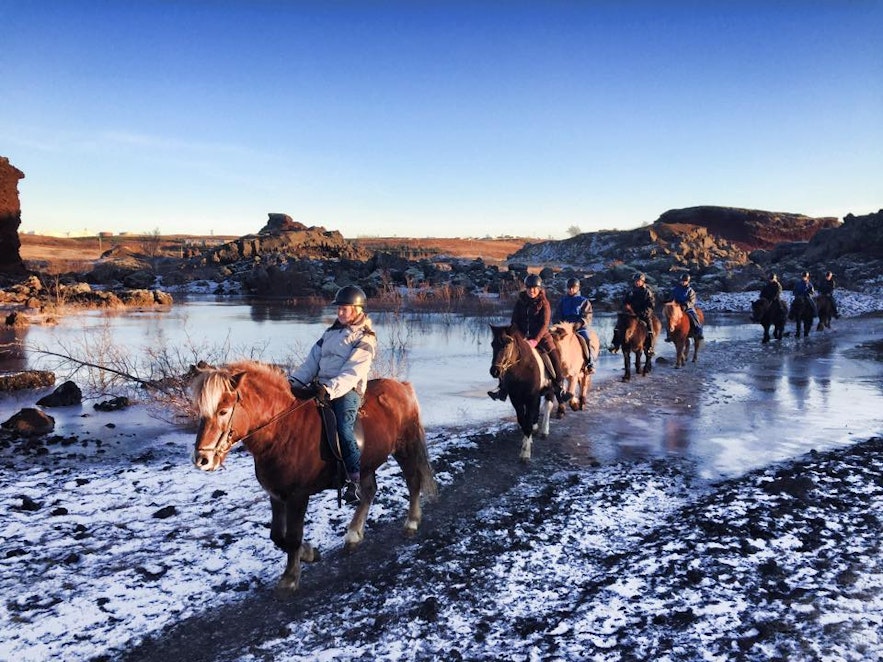The reasons people provide for wanting to travel abroad are an often-overlooked aspect of the tourism industry. Many people view taking a vacation abroad as a way to escape the routine and stress of daily life.
Such vacationers rarely venture far from their hotels, opting instead to spend their time lazily lounging by the pool or eating a leisurely lunch in the city centre, doing little more than taking in the sights and sounds of a new and exciting place.
You can go scuba diving between the continents in Iceland, hike across the central highlands, or explore an ice cave.
The options here are practically endless for the most daring travellers, but in the interest of saving you some time and money, we’ve produced a list of the nine best adventures in the area so you can focus on having fun.
1. Caving

Farmers (and sometimes their cattle) used caves for protection from the harsh Icelandic winters, whether they were made from ancient lava tubes or glacier tunnels. The cave known as Vgelmir (or “The Cave”) near the village of Reykholt provides proof of this. It is the largest cave in the country and has signs of occupation dating back to the Vikings. It is just under 1600 metres in length, 15.8 metres in height, and 16.5 metres across. Visitors can have a guided tour within, and the more daring can continue on their own, climbing among the stalactites and rusty rocks. Tvibollahraun lava field (25 minutes from Reykjavik) and Ingvellir National Park’s Gjábakkahellir (“Little Girl’s Cave”) offer further spelunking opportunities.
2. Diving the continental rift
The Silfra fissure in Ingvellir National Park is accessible to explorers outfitted with scuba diving (or snorkelling) equipment and a dry suit. To experience the remarkable water purity (100 m+ visibility) among the green ‘troll hair’ algae, you must swim through what appears to be a stony passage but is actually the crack between two continental plates.
3. Arctic surfing
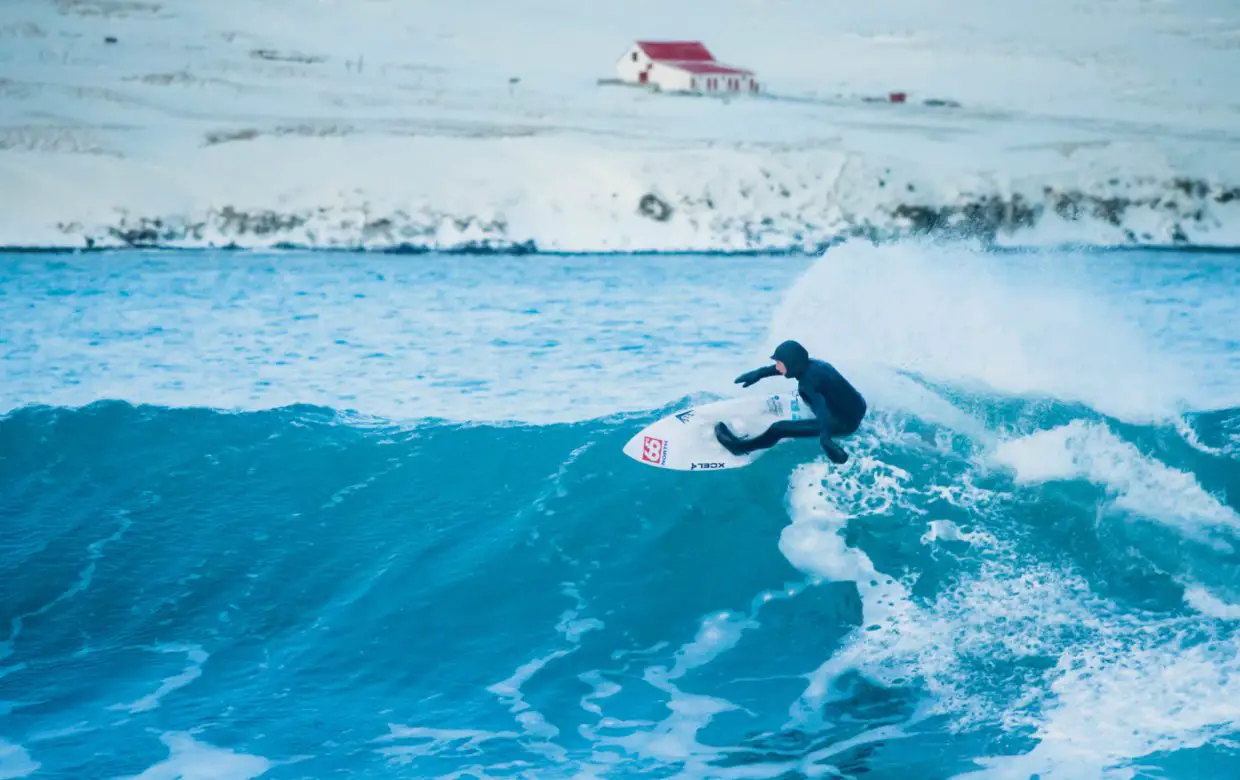
The Reykjanes peninsula protrudes into the ocean within an hour’s drive from the capital city (and is conveniently located close to Keflavik Airport). Surprisingly, at least during the summer, the water temperature is not significantly lower than in Scotland, making for excellent surfing on the sheltered beaches here (though you will still need a decently thick wetsuit with a hat, gloves, and boots). Surf camps and the black sand beach at Sandvik are great options for novices. The west fjords, Lafsfjörur, and the Snaefellsjökull Peninsula and national park are other popular destinations for organised surfing vacations.
4. Hiking

All directions in Iceland offer hikers pleasant terrain. Vatnajökull National Park is located in the southeast and is home to Europe’s largest iceberg, the three thousand billion-tonne glacier of the same name. Vatnajökull’s icy expanse obscures several volcanoes, notably Raefajökull, whose summit crater pokes out of the snow and ice to entice mountaineers with the sight of Iceland’s highest peak, Hvannadalshnjkur (2110 m).
Southwest of Reykjavik, you’ll find Ingvellir National Park, where you may walk across volcanic erratics and old lava fields, while Snaefellsjökull National Park to the west is home to a large 1446m volcano with a massive glacier bunging its vent. Hiking from Sveinstindur to Eldgja is quite similar to the popular 55-kilometer Laugavegur Trail between the hot springs of Landmannalaugar and the glacier valley of órsmörk, but there are many fewer people on this route, and the mountain huts along the way are cleaner.
Borgarfjörur, located in the region’s less-visited east, is home to the Vknaslóir (Trails of the Deserted Inlets), a network of multiday trails that pass through deserted settlements and past rhyolite mountains. A week-long walk from Krossnes to Hornstrandir and the nature reserve at its terminal requires complete self-sufficiency on the part of hikers, but the remote Westfjords region is worth the effort for its gorgeous red-sand beaches.
5. Paragliding
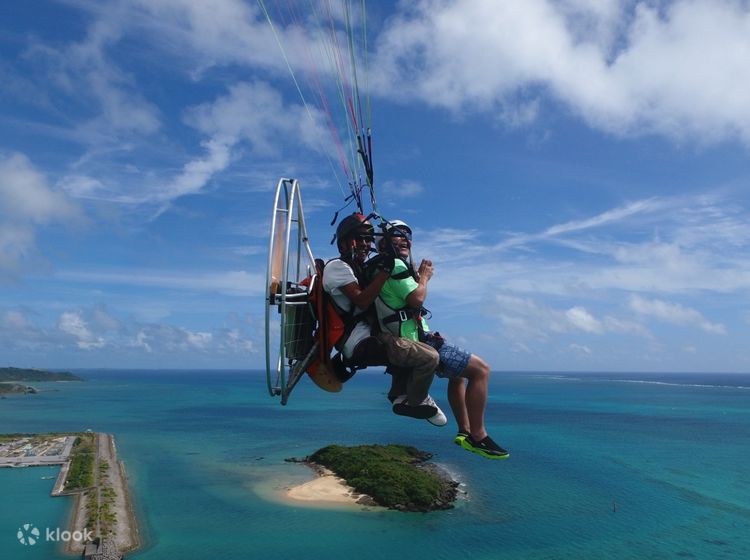
Are you ready for an adventure like no other? Imagine soaring over some of Iceland’s most stunning natural wonders, all while securely strapped to an experienced instructor on a tandem paraglide. In just an hour from the capital, you can see volcanic landscapes from a whole new perspective. You’ll fly above pristine waterfalls, towering glaciers, and jet-black beaches, gliding alongside incredible Arctic terns and skuas. This is an experience that will take your breath away and leave you with memories that will last a lifetime. So go ahead and take the leap – your Icelandic adventure awaits!
6. Horse riding
Iceland’s special breed of horse is just one more thing that sets the country apart. These powerful, sturdy, thick-coated equines are still employed for both work and play, and they even have a special gait called the tolt, which is a fluid combination of walking and running. You can go horseback riding in the valleys of Vidalur and Langadalur, hike the historic Kjölur Route that travels between two ice caps from north to south, and then head to the northwest, where you can join locals every fall as they herd more than 2,000 horses down from the mountains to the lowlands for the winter. Celebrate the end of an auction with some lamb soup and some songs.
7. Stand-up paddleboarding
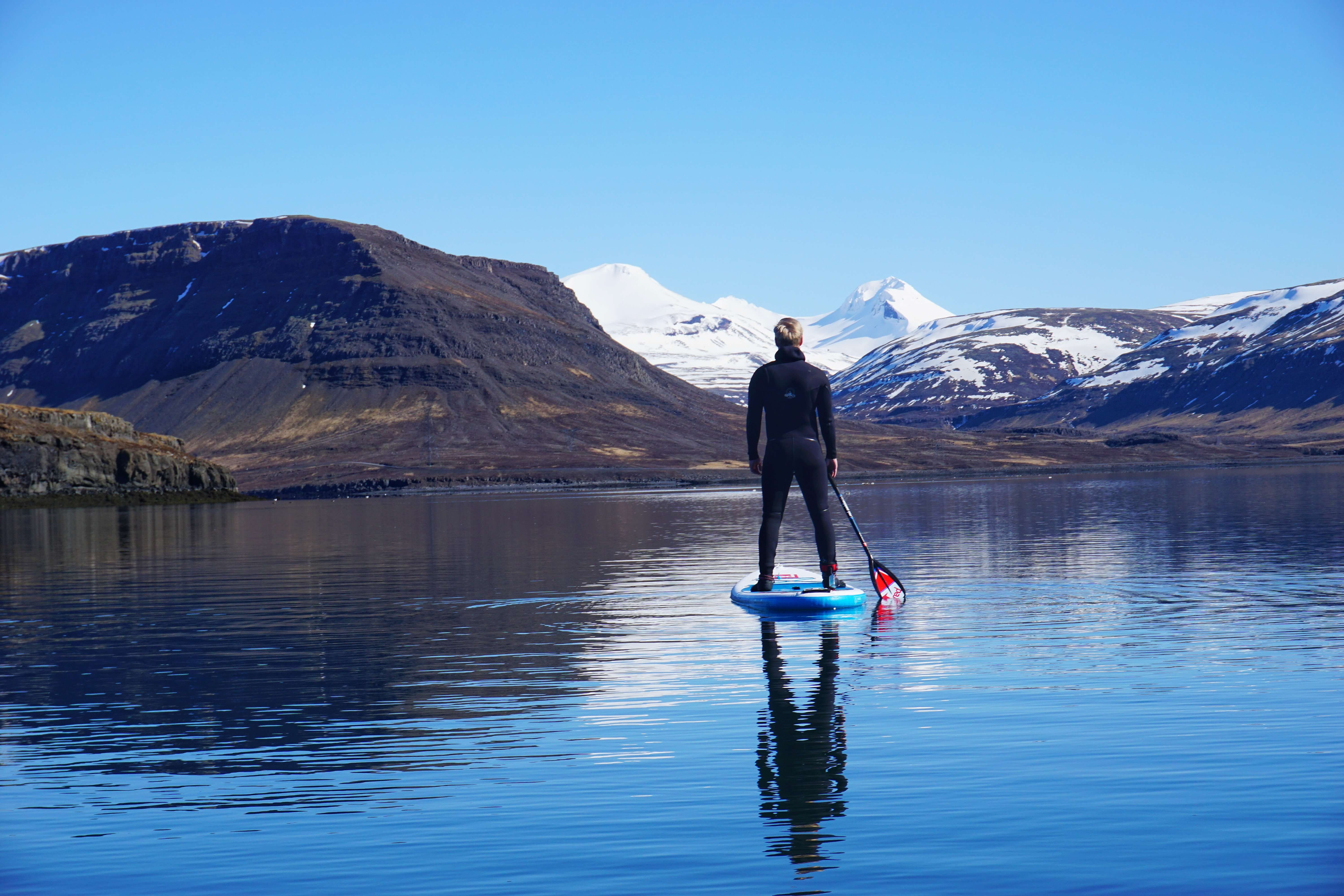
Rivers, lakes, fjords, and a wonderfully curved coastline all contribute to Iceland’s burgeoning SUP community. Jökulsárlón glacial lagoon in the southeast is the most famous, having featured in not one but two James Bond flicks and one Tomb Raider. If you kayak along the glacier’s edge at Breiamerkurjökull, you’ll find the deepest lake in the country (and it’s still increasing as the glacier melts).
8. Skiing & snowboarding

Despite its moniker, Iceland does not receive significant snowfall and has only a handful of modest ski areas. Hlarfjall, on the north coast, is the largest, with 23 pistes and seven lifts, a decent variety of ungroomed terrain, and the country’s second-largest city, Akureyri. Hlarfjall may be small, but the strange terrain and the opportunity to ski above the ocean more than make up for its size. There is a good chance of seeing the northern lights, although midwinter skiing is not popular in Iceland because of the nearly constant darkness.
If you get the itch to ski more of this magnificent country (and trust us, you will), the Troll Peninsula in the northwest and the coast between Akureyri and Hsavk are two of the most popular places to do so, and for good reason: they are home to some of the world’s wildest and most unforgettable winter landscapes.

